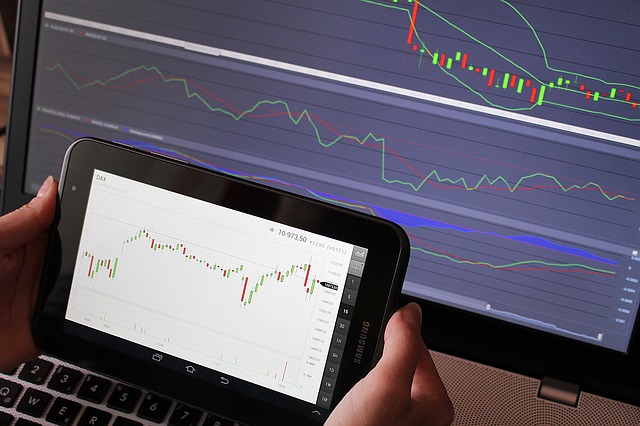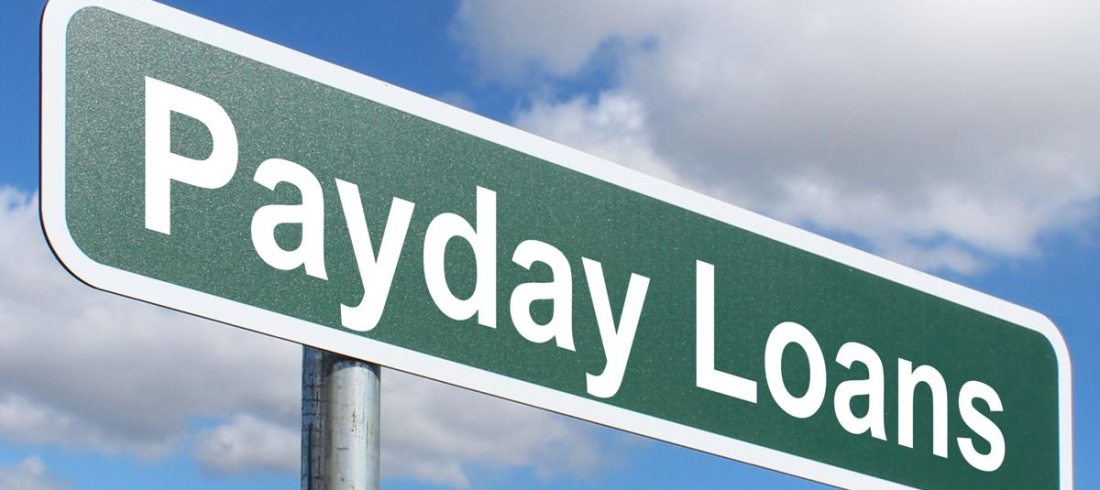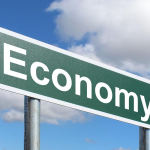Have you had the experience in which you ordered stocks to be bought at a quoted price but you own them at a slightly difference price than what you’ve seen in the market? There are explanations for that, of course, and that’s what we’ll tackle in this article.
To summarize, however, the differences between the actual price and the quoted price are brought about by how your broker executes your orders, i.e. Buying or selling a specific stock. In this case, we’ll talk about the different ways that a broker can possibly execute a sell order and how the methodology affects the actual price that you hold your stocks at.
The Role of a Broker
Just to recap, we’ll touch first on what role the broker actually plays. The broker acts as the middle man between the investor and stock market. Investors are not allowed to trade directly because they don’t have, theoretically, the expertise and the accreditation to deal with stock transactions. Thus, when you order, the broker receives it and then makes the decision on how to execute it.
People are made to believe that they have full control over their transactions and that they are executing them directly through their online accounts. That’s a misconception – there are still brokers assigned to the firm handling your account, and they’re the ones who execute your orders on your behalf.
Different Order Execution Methods
Moving on – when they receive your orders, brokers look at the attributes of your transaction and then they make a decision on what’s the best way to execute that. Mostly, they look at the volume and the availability of the stock that you’re interested in.
Here are some ways that brokers could possibly execute your orders:
1. Direct floor transactions
The most common method is to place an order directly to the market, i.e. NASDAQ, NYSE, etc. One disadvantage of this, however, is that there is a lot of red tape in the market. Thus, when your order is finally executed, there is a material difference between the quoted price at which you invested and the actual price at which your order was executed.
2. Order through a third market maker
A third market maker serves as a middleman between the broker and the market that he or she is looking to execute your order in. This route is sensible if the broker wants to execute your order in a market in which they’re not a member of, and if there is something in return for them from the third market maker.
3. Use internal stocks
In this step, the broker assigns your order to existing stocks in its inventory. Of course, this is only possible if they have the stocks that you want to invest in, in sufficient amounts. This is typically the transaction in which the turnaround is fastest, but it also means you and the broker share in the profits of the transactions.
In the end, the method of execution by the broker will depend on several factors, two of which are motives and possible incentives on their part.
Do you want more articles like this? Feel free to follow our blog and our social media accounts.






